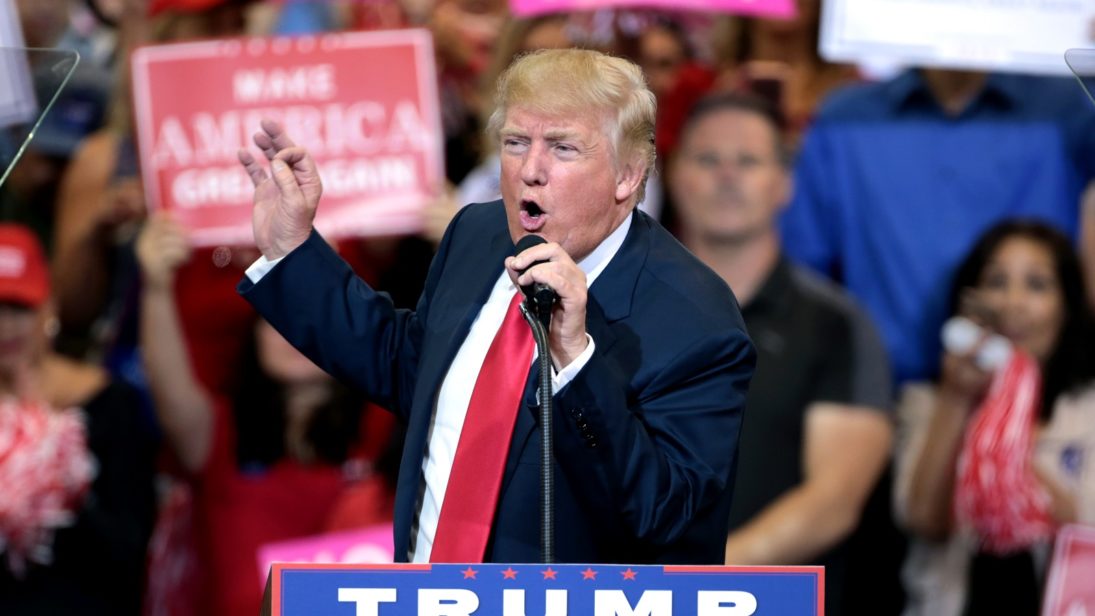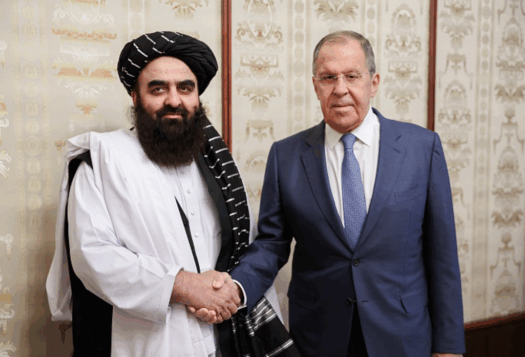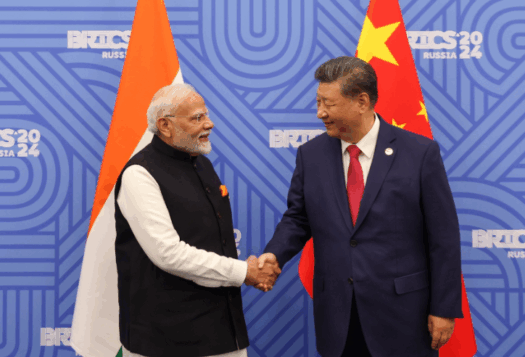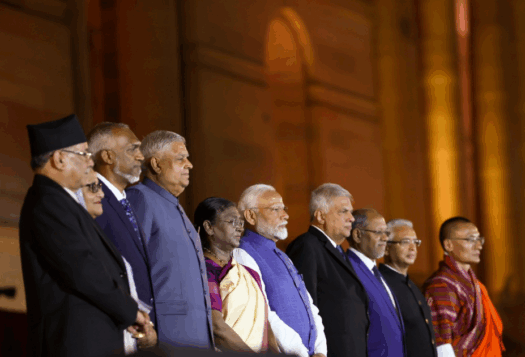
Introduction
In only a month in office, the 45th President of the United States Donald Trump has inspired extensive debate through his seemingly unpredictable policy pursuits. While many have expressed apprehension about the possibility of a trade war with China, others have stated that despite the bombast, Trump may not deliver on some of his campaign rhetoric. Additionally, Trump’s aspirations for closer ties with Russia, while constantly condemned in the media, have been equally if not more highlighted than the apparent confrontational relationship between the United States and China. Has the United States changed its position with regard to Russia and China?
Although some claim that Trump has launched a revolutionary foreign policy, a historical examination of U.S. foreign policy reveals that his approach towards Russia and China seems to be a leaf out of the book of one of his predecessors: Ronald Reagan. By comparing Trump’s statements to the policies of late President Ronald Reagan, one can begin to untangle his foreign policy towards Russia and China, and the implications it may have for the South Asian region.
America-Russia-China: A Complex Synergy?

Towards the end of the Cold War, Ronald Reagan pursued closer ties with communist China in order to challenge the Soviet Union. This was mainly because he wanted to drive a wedge between the two. The Soviet Union was chosen as the “enemy” because of its superior strength relative to China. In order to ensure that Sino-Soviet ties would not become stronger, the American leadership nurtured its relationship with China while antagonizing the Soviet Union.
Trump seems to be following the same precept that was laid down during the Reagan years, except in reverse. Trump perceives China as the stronger power and primary contender for reshaping the status quo. In fact, much of his campaign rhetoric involved blaming China for domestic economic woes. Despite deep economic integration between the two, Trump went as far as proposing a 45% tariff on all imported goods from China. As the second largest economy in the world, soon to surpass America, China has emerged as a revisionist power. China’s establishment of the Asian Infrastructure Investment Bank challenges American banking dominance, and the “One Belt, One Road” initiative has allowed Beijing to build closer ties with countries spanning from Asia to Africa. Recently Xi Jinping was given warm welcomes during his state visits to Europe. On the economic front, as the Trans-Pacific Partnership (TPP) has essentially been scrapped by Trump, the Regional Comprehensive Economic Partnership (RCEP) will likely be the central trade deal to unfold in the years to come.
Today, the Russian economy is struggling in many respects. Putin’s costly interventions in Ukraine and his support for Bashar al-Assad in Syria have resulted in added financial burdens for Russians. Russia has no identifiable ability to rival China or the United States economically, and therefore Putin has had to hold onto the strands of a collapsing Russian economy. Thus, Russia is no longer the main threat to America; China is. As a result, Trump has expressed a desire to foster better relations with Russia and simultaneously challenge Chinese policies and activities.
Implications for South Asia
Trump’s gradual rescission from the international world order, though not suggesting a bifurcation entirely, indicates that America will be relatively less politically involved in South Asia. His calls to both India and Pakistan since entering office have been warm and friendly, yet one cannot read too much into these. Trump continues to advocate an “America first” foreign policy, which suggests he will not expend much political capital in the region, and is therefore unlikely to broker better ties between India and Pakistan. The smaller South Asian states will also probably have to deal with a more (neo) isolationist America in the future.
The United States’ shifting ties with Russia will allow the latter some respite, permitting it to deepen military cooperation and trade with Pakistan and continue to strengthen bilateral ties with India. However, it is unlikely that the United States’ shift towards Russia will have much of an impact on the smaller states in South Asia.
The Bharatiya Janata Party led by Prime Minister Modi will want to continue to gravitate towards America to build on the existing relationship. In this context, Pakistan is likely to continue to strengthen its relationship with China. Thus, tensions between China and India will continue unless strategic dialogues routinely take place between the two countries.
Be that as it may, all South Asian countries will still have to engage with China affably, as the possibility of continued American involvement in South Asia is unlikely. A key point to consider is that China brings investment, loans, and tourism to the region. A potentially contentious relationship between the United States and China will cause economic concerns to weigh in on smaller South Asian States, resulting in the need to effectively balance America, China, and their own regional power, India.
***
Image 1: Flickr, Gage Skidmore (cropped)
Image 2: Getty Images, Jean-Louis Atlan


